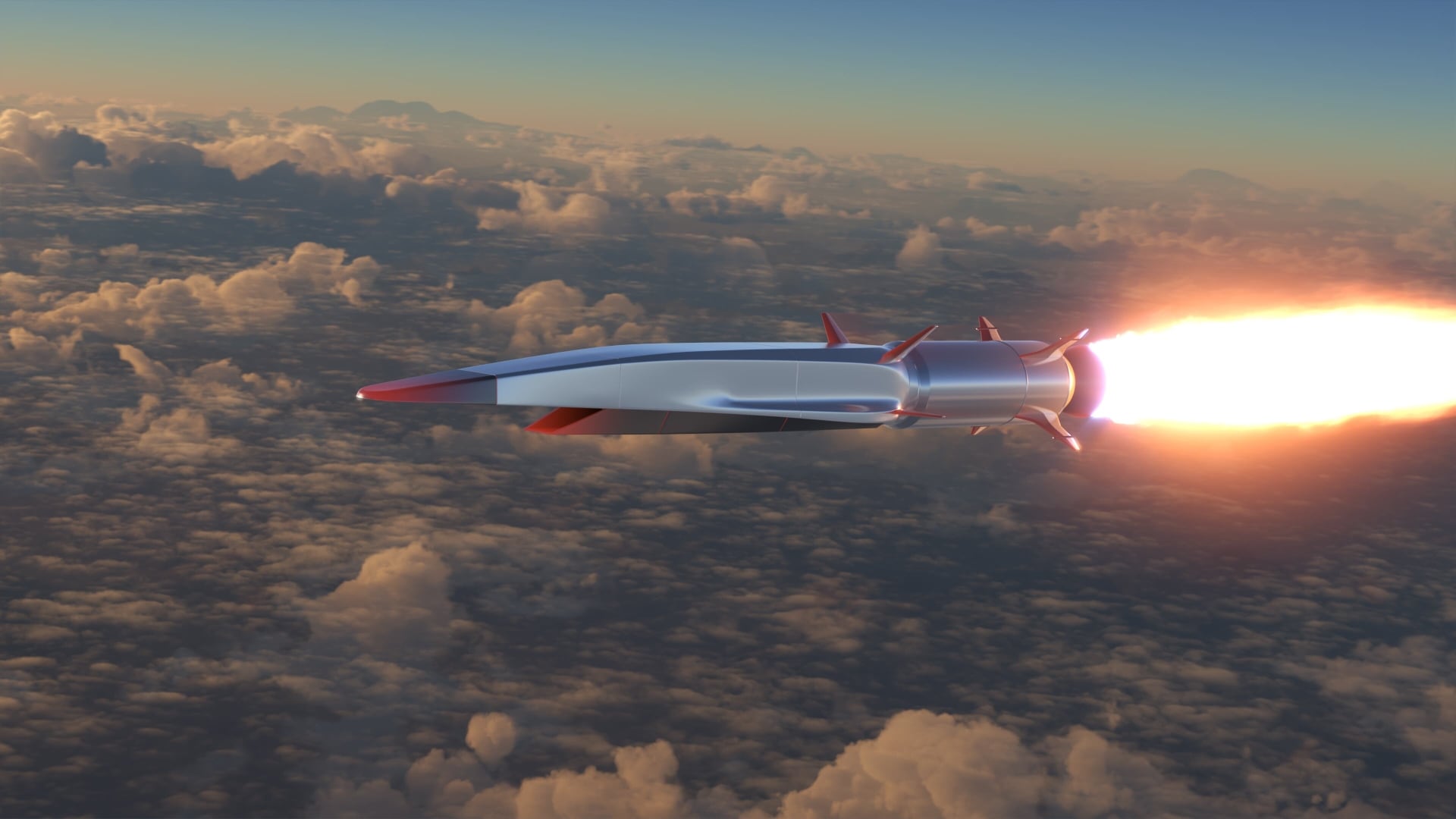WASHINGTON — While the Trump administration's first budget prioritizes near-term readiness over long-term modernization, it maintains support for developing new technologies, particularly from innovative groups focused on innovative ideas.
The budget requests $13.2 billion for the Pentagon's science and technology operations, 2.3 percent more than was requested in FY17, including $3.1 billion for the Defense Advanced Research Projects Agency.
The Strategic Capabilities Office gets $1.2 billion, a roughly $300 million increase from what it got under the National Defense Authorization Act. In December, Deputy Secretary of Defense Bob Work told Defense News he expected SCO to get an increase, praising the job done by office head Will Roper.
In the Pentagon documents, SCO is ordered to focus on a specific trio of areas: "enabling systems to cross or blur domains, creating teams of manned and autonomous systems, and leveraging enabling commercial designs and technologies." Those focus areas are in line with Roper's recent statements about the future of warfare relying on manned-unmanned teaming.
For full FY18 budget coverage, click here.
The outreach to Silicon Valley also continues, with a $45 million budget laid out for the Defense Innovation Unit Experimental, or DIUx, office, as well as $60 million for the Defense Technology Innovation effort, which manages engagement with In-Q-Tel. DIUx expects to begin transitioning programs from prototype to full-use within the Pentagon this year.
But while SCO and DIUx get much of the attention, the $2.2 billion for basic research should not be overlooked, and continues what Mary Miller, the acting assistant secretary of defense for research and engineering, told Defense News was a long-term trend of support for the military laboratories.
"We have been very fortunate in that, for the last 20 years, the leadership, the administration has understood that having a stable budget for research is incredibly essential," Miller said. "You can't stop funding something for a period of years, come back and replace all that money, and expect that we'll be at the same place. We're not."
Miller also acknowledged that the commercial tech sector continues to grow in importance for the Pentagon and said groups like DIUx have helped "reinvigorate" the lab system. At the same time, she said the long history of the Pentagon's internal innovation should not be overlooked.
"Frankly, there is a lot of innovation that goes on inside the Department of Defense. But it's familiar. And people kind of get used to what they have as a baseline and are always looking for something new," Miller said.
While there may be steady funding inside the DoD, innovation money seems to have dried up outside the Pentagon, warned Peter Singer, a senior fellow with the New America Foundation.
"Given the incredible technology changes of the day, and the long-term security challenges we face, it would have been nice to see DoD R&D, especially on the basic side, get more funding. But, in general, it came out OK compared to what was proposed for other agencies that also work on national security," Singer said. "For example, cybersecurity is a core security challenge that DoD shares responsibility for, but the R&D budgets for cyber at [the Department of Homeland Security, National Institute of Standards and Technology, and Department of Energy] were all oddly slashed significantly. DHS S&T for instance got cut 27 percent. Twenty-seven percent!"
Some of the technologies that will be used to drive the DoD forward were on display at the Pentagon courtyard on May 18, during the department’s annual Lab Day gathering.
The event featured more than 80 high-tech programs in various stages of development, a showcase for the Pentagon’s internal lab structures that Miller called "pretty inspiring."
The U.S. Army, for example, showed off a 3-D printed grenade launcher, which took about 96 hours to assemble from start to finish. To go along with the weapon, service researchers were able to procure ammunition for about $3 a pop, much cheaper than the normal cost.
And 3-D printing means new designs are possible, such as a decision to make the handle into a honeycomb pattern, something researchers say makes the weapon lighter without changing how the weapon handles when used.
Aaron Mehta was deputy editor and senior Pentagon correspondent for Defense News, covering policy, strategy and acquisition at the highest levels of the Defense Department and its international partners.








